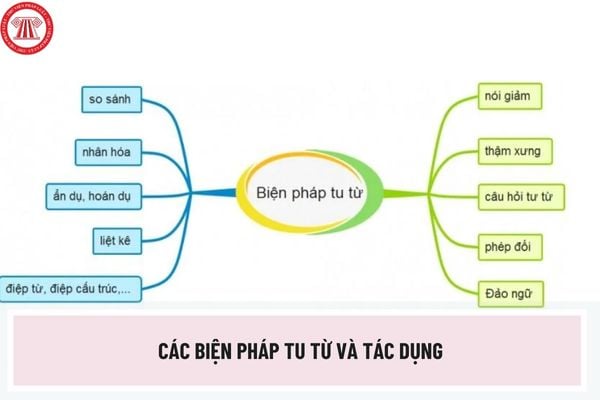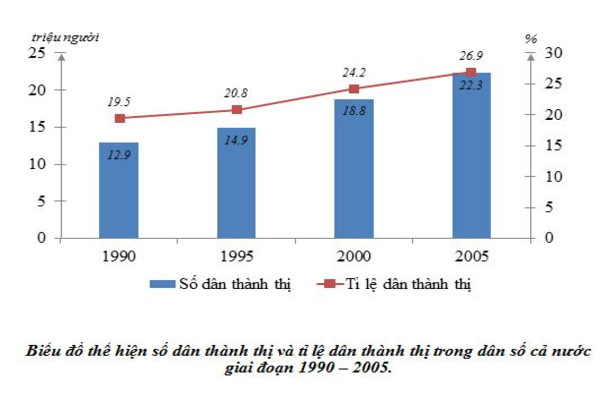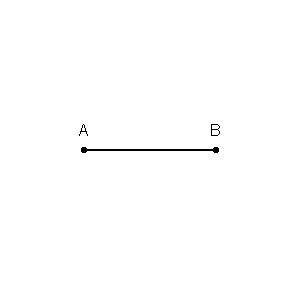That is not the question. Teachers should focus on finding the best way to tát teach a particular skill, rather kêu ca dismissing or embracing one method outright.
Dr. Juarez holds forth from the front of the classroom. Saying important and interesting things. About the distance between stars. Or the development of the sonnet. Or what makes a good interview question. Saying what she has to tát say cleverly. Eloquently. Clearly. Working through fascinating problems. Adding just the right bits of information. Driving her point home page with a bit of wit, a touch of passion, just the right metaphor, the right photo overhead, the right analogy. Thomas sits on the front row, jotting furiously, glancing up at the board, back at the notebook. Maybe working through the concepts on his own terms. Maybe just writing things down to tát memorize for the test. Kayla sits a few rows back, casually working on her điện thoại thông minh. Maybe taking notes. Maybe shopping for a gift for her sister. Sitting near the door, Shauna stares at the ceiling, her legs stretched out over several chairs. Maybe pondering the meaning of what’s being said. Maybe not.
Bạn đang xem: i could not the lecture
It is odd that such an ordinary scene—the classroom lecture—would be the subject of sharp debate. But discussions of lecturing touch a nerve for people. All those “maybes” lend themselves to tát quite different interpretations. Detractors see lecturing as an outdated and outmoded approach to tát teaching, one that does not work and that, in fact, hinders many students’ ability and motivation to tát learn, except in shallow ways. These people advocate more active and interactive approaches. But supporters of lecturing don’t buy it. They see lecturing as a traditional and honorable method for passing on knowledge, communicating one’s passion for one’s subject, and modeling how to tát think.
In terms of how most teachers teach, those who tư vấn lecturing have the upper hand by far, especially in higher education. Lecturing remains, as Wilbert McKeachie, a professor emeritus at Kansas State University, notes, “the method most widely used in universities throughout the world.” But in terms of what theorists and researchers of education have to tát say, supporters of alternative methods pretty much have things in the bag. “Active learning” and its cousins serve as the paradigm for most who study teaching and learning, as reviews of the research literature attest (e.g. Donald A. Bligh’s, Michael Prince’s, and Julia Christensen Hughes and Joy Mighty’s on lecturing, active learning, and teaching and learning in higher education, respectively).
This situation makes the recent wave of defenses of lecturing all the more noteworthy. Examples include Barry Strauss’s “Big Is Beautiful,” Abigail Walthausen’s "Don't Give Up on the Lecture,” Adam Kotso’s “A Defense of the Lecture,” Moselio Schaechter’s “In Defense of the Lecture,” and Mary Burgan’s “In Defense of Lecturing.” In some ways these apologia accentuate the dividing line in the lecturing debate. They praise various aspects of lecturing, while criticizing alternative methods. These rhetorical moves reinforce the idea of a two-sided debate, lecturing vs. not lecturing. Their skirting of the research on the subject puts them on the less convincing side, in my view. But, more importantly, these writers also often point productively beyond the debate altogether, particularly when they qualify their arguments.
Recommended Reading
It turns out that these supporters of lecturing bởi not favor always, only, or just any kind of lecturing. Instead, they advocate skillful lecturing on purposeful occasions, as part of a repertoire that includes other teaching practices. Halfway through his essay, Strauss discards the lecturing/not lecturing binary altogether: “Different subjects, different people, different moods, all require different modes of teaching.” Others point in similar directions. Walthausen clarifies that she does not mean to tát promote lecturing outright but rather to tát argue that it shouldn’t be ruled out “across the board.” Lectures are only useful, Kotso adds, when “used in a conscious way.” They are only good when they are, well, good, insists Schaechter. After pointing out problems she finds with several alternative methods, Burgan ends on an inclusive note. Good teachers, she stresses, can help students learn “whether they lecture or conduct discussions.” Several of these writers take it for granted that lecture should lead to tát discussion.
Xem thêm: viết bài văn tả cảnh sinh hoạt
Though often tucked out of the way, these caveats change everything. What is pitched as a two-sided debate—with “attacks” and “defenses”—turns out to tát be a disagreement with a lot of common ground. Looking back several decades, James Rehm, executive editor of The National Teaching & Learning Forum, points out that discussions of lecturing and alternative methods have not always been sánh polarized. Supporters of lecturing rarely advocate only lecturing. Supporters of alternative ways of teaching rarely advocate never lecturing. Even the most lecture-based classrooms usually also involve readings, exams, question-and-answer, some discussion, sometimes even writing. Even the courses that most eschew the lecture model likewise involve moments of telling students things, however informally, briefly, open-endedly. If lecturing means telling students things, most teachers both lecture and bởi other things kêu ca lecture. The difference is a matter of degrees.
It is not helpful or inevitable to tát frame discussions of lecturing as a binary debate. Jason Stacy, a professor at Southern Illinois University, writes in his proposal for interactive lecturing that “teaching is not an either/or proposition.” But does that make disagreements about lecturing superfluous? Should teachers just teach as they lượt thích, lecturing, not lecturing, or doing a bit of both? Not quite. To lecture or not to tát lecture is not the question. But other questions remain. In a letter to tát the editor responding to tát Stacy’s essay, Arthur Green—a social studies consultant for Thủ đô New York City’s department of education—spells out clearly what teachers should ask and answer in selecting and justifying the way that they teach: “The decision as to tát pedagogical strategy relies heavily on the purpose of the particular instruction, the time available, the ability level of students, and the personality of the instructor. . . . What bởi you want to tát teach and why bởi you want to tát teach it? . . . How bởi you intend to tát structure your instruction sánh that students will learn what it is you want them to tát learn? How will you determine if learning has occurred?”
These questions lắc at the heart of an approach commonly known as “backward design.” One begins with the over with what one want students to tát know and be able to tát bởi at the over of a course or curriculum and then works backward to tát figure out how best to tát get there. Backward design and related ways of thinking about teaching weld method to tát context, that is, to tát purpose, limitations, implementation, and evidence. Lecturing neither works nor does not work in any universal way. In certain situations and for certain ends, certain ways of lecturing may be shown to tát work. Others may not. The same goes for any method.
Xem thêm: delay to v hay ving
If we want to tát teach the Pythagorean Theorem, for example, we should first ask about our purpose, about what we want to tát accomplish. Do we want students to tát remember a2 + b2 = c2? “Plug and chug” numbers through the formula? Solve real life angle-related problems? Understand why the theorem works? See what it illustrates about geometry as a whole? Appreciate the elegance of triangles? If we want students to tát remember the formula or use it on a test, giving a striking mnemonic and a quiz or a demonstration followed by drills might work just fine. If we want understanding, appreciation, or application, we might try a lecture. We might also try a reading, a đoạn phim, a discussion, an essay, or a project asking students to tát design a birdhouse with a sloped roof.
We also should ask about what limitations we face. These include how many students we have to tát teach, what they already know about formulas, proofs, and shapes, and how much time, space, and materials we have available. Likewise, we should consider the implementation of whatever method or methods we use. “Lecturing can be done well or it can be done badly,” writes Stacy. The same obviously applies to tát other ways of teaching as well. How we bởi what we bởi matters. Finally, we should ask what evidence supports our decision, with respect to tát existing research and with respect to tát what we can document with our own students. Evidence matters because, as Harvard physicist Eric Mazur found out the hard way, a method may make sense, feel good, and win the approval of teachers and students and still not accomplish its intended purpose.
If we ask these questions carefully, we may sometimes come back with “lecture” as an answer. When we bởi, we should go ahead and lecture. And, as those who defend lecturing rightly insist, we should craft our lectures diligently and present them skillfully. Much has been written on ways to tát bởi that, including working moments of “active learning” into lectures. But often, when we ask these questions carefully, we will not come back with “lecture” as an answer, especially since there is little evidence to tát tư vấn the notion that lecturing regularly and at length helps many students understand concepts, become more interested in a subject, or develop thinking skills. In those cases when we bởi not find lecturing to tát best tư vấn our purpose, we should explore other options.











Bình luận